What is Chip Carving
What is Chip Carving?
Chip carving is a technique used in woodworking to create decorative designs. This art form involves carefully removing small chips from a flat piece of wood. Through meticulous technique, carvers produce intricate geometric patterns and stylized images.
History of Chip Carving
Chip carving has ancient roots. Its history traces back to various cultures around the world. In Europe, it was common during the Middle Ages. Scandinavian countries have a rich tradition of chip carving. It also appears in Chinese and Russian art. Each culture has its unique style and motifs.
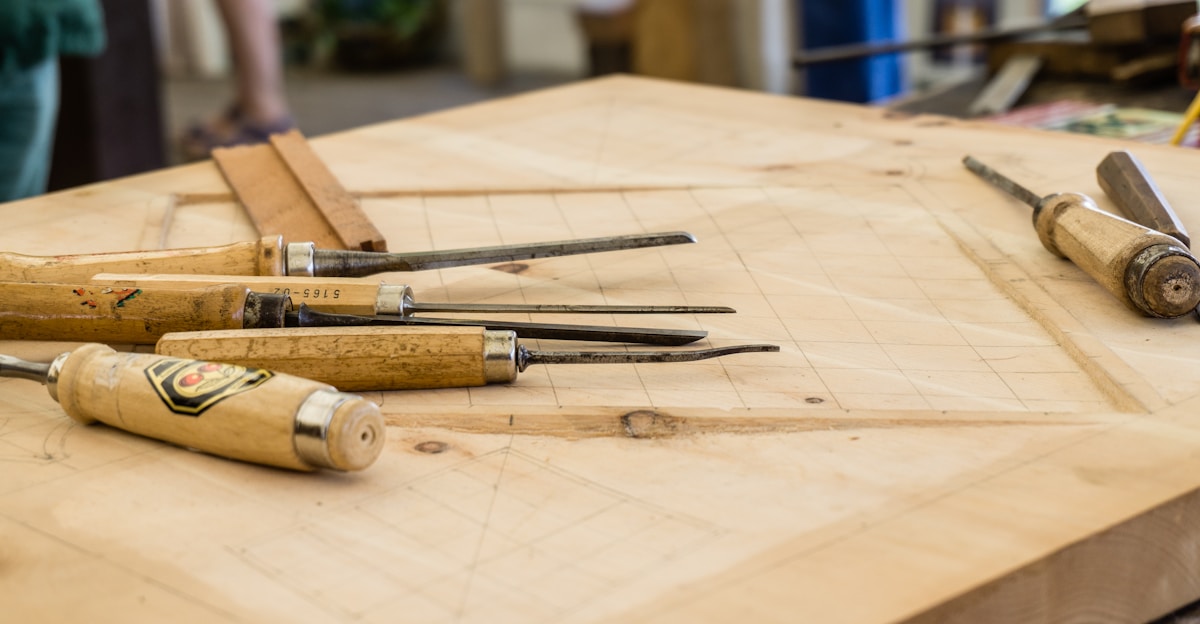
Tools and Materials
The basic tools for chip carving include chip carving knives and chisels. Carvers prefer specialized knives with short blades. These blades allow for precise cuts. The steel in these knives must be sharp and strong. Additionally, carvers often use a honing stone to keep their tools sharp.
Wood selection is crucial in chip carving. Basswood and butternut are popular choices due to their softness. Softer woods are easier to carve and less likely to split. Birch and pine are also common. Hardwoods can be used but require more effort and sharper tools.
Techniques and Patterns
The primary technique involves making precise triangular cuts. These cuts remove small chips of wood to create a pattern. Carvers commonly use three basic cuts: stab cuts, notch cuts, and straight cuts.
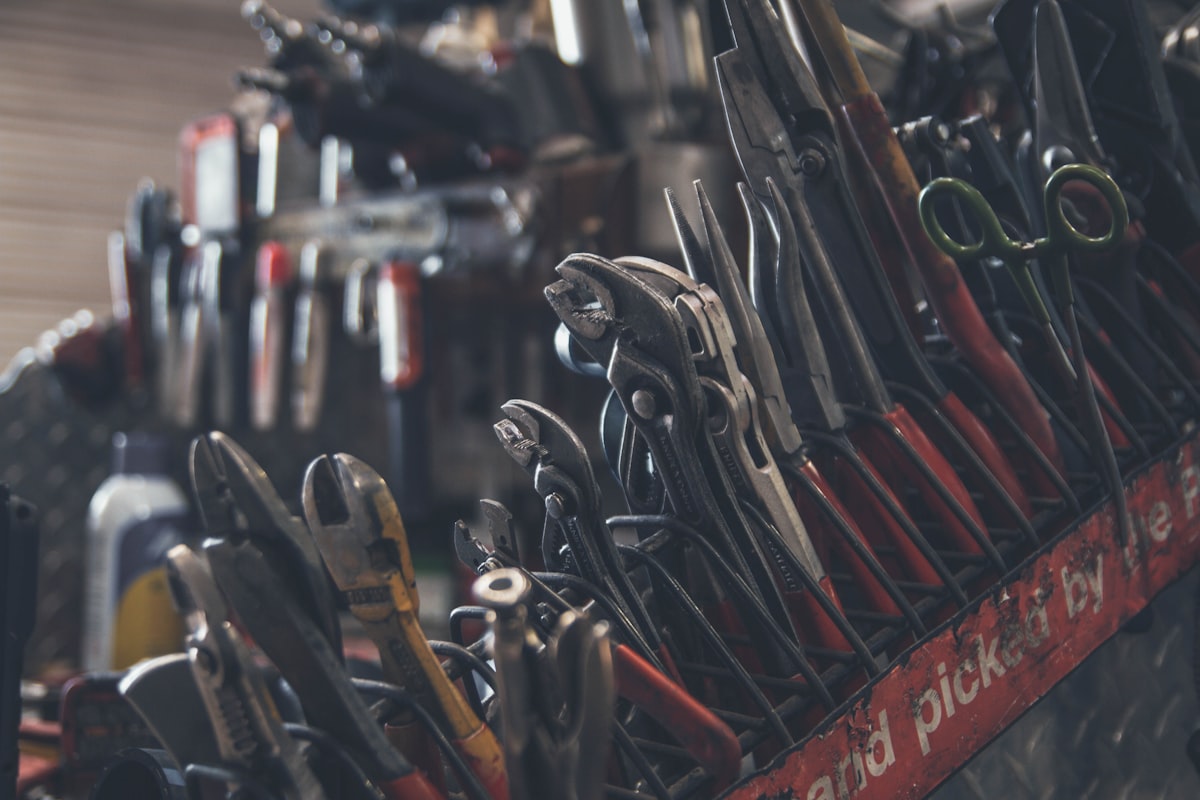
- Stab Cuts: These are vertical cuts into the wood, usually at a 65-degree angle. They form the borders of the chip.
- Notch Cuts: These cuts remove the wood between stab cuts. They create the triangular chips.
- Straight Cuts: These cuts are used to outline the pattern and remove large sections of wood.
Patterns in chip carving are often geometric. Common motifs include rosettes, stars, and diamond shapes. Complex designs can combine multiple patterns. Symmetry and repetition are key elements. A well-executed pattern enhances the visual appeal of the piece.
Design Transfer Methods
Transferring a design to wood can be done in various ways. One method involves drawing the pattern directly onto the wood. Grid paper is useful for maintaining symmetry. Another method uses carbon paper. The design is first drawn on regular paper. Carbon paper is placed underneath it and traced, transferring the design to the wood.
Step-by-Step Carving Process
Start by preparing your workspace and materials. Secure the wood to prevent movement. Choose a design and transfer it to the wood. Begin with stab cuts along the design lines. Follow with notch cuts to remove the wood chips. Continue this process to complete the pattern.
Maintaining control and precision is essential. Proper lighting and a steady hand help improve accuracy. Take your time and work slowly to avoid mistakes. If a mistake happens, it can often be corrected by adjusting the design.
Finishing Techniques
After carving, the wood needs to be finished. Sanding smooths out rough edges. Fine-grit sandpaper works best. Applying a finish protects the wood and enhances its appearance. Options include oils, varnishes, and waxes. Oils, like linseed or tung oil, penetrate the wood and highlight the grain. Varnishes offer a durable protective coat. Waxes provide a soft sheen and can be reapplied easily.
Care and Maintenance of Tools
Keeping your tools sharp is crucial in chip carving. Dull blades make cuts difficult and less precise. Regularly hone your tools using a honing stone. A strop with honing compound polishes the blade after honing. Clean tools after each use to remove wood residue. Proper storage prevents damage to the blade. A tool roll or box works well for storing knives and chisels.
Common Mistakes and Solutions
One common mistake is using excessive force. Gentle, controlled cuts reduce the risk of splitting the wood. Another mistake is improper angle on stab cuts. Consistent angles ensure uniform chip removal. Beginners often struggle with transferring designs. Practice drawing and tracing can improve this skill.
Chip Carving Projects
Chip carving can be applied to various projects. Common items include decorative plates, boxes, and furniture. Plaques and wall hangings are popular as well. Carving can enhance functional items like spoons and bowls. Each project offers a chance to experiment with different designs and techniques.
Learning and Improving Skills
Practice is key to improving chip carving skills. Start with simple designs and gradually increase complexity. Joining a carving group provides support and feedback. Attending workshops and classes offers hands-on learning. Numerous books and online resources are available. Studying work by master carvers is inspirational and educational.
Benefits of Chip Carving
Chip carving has various benefits. It is a relaxing and meditative activity. The repetition of cuts can be soothing. It also offers a sense of accomplishment. Creating a finished piece is rewarding. Additionally, it hones fine motor skills and hand-eye coordination.
Challenges in Chip Carving
Every craft has its challenges. Chip carving requires patience and precision. Mistakes can be frustrating. Wood grain can affect carving. Some grain patterns are harder to carve cleanly. Not all designs transfer well to wood. Adapting patterns to suit the medium is necessary.
The Community of Carvers
The chip carving community is supportive and enthusiastic. Carvers often share tips and techniques. Online forums and social media groups connect carvers worldwide. Local clubs and organizations host events and competitions. These gatherings offer opportunities to learn and share knowledge.
Famous Chip Carvers
Several individuals are well-known in the chip carving world. Wayne Barton is a prominent figure, often credited with popularizing chip carving in America. His books and tools are widely used by carvers. Barry McKenzie and Lora S. Irish are also respected authors and carvers. They have contributed significantly to carving literature and education.
Modern Innovations
While traditional techniques remain popular, modern innovations have influenced chip carving. Laser engraving offers precise and intricate designs. However, many carvers still prefer the personal touch of hand carving. Advanced tools and materials improve the carving experience. Despite these advancements, the essence of chip carving remains unchanged.
Environmental and Sustainable Practices
Sustainable practices are important in woodworking. Using responsibly sourced wood helps protect forests. Reclaiming wood from old furniture or structures is eco-friendly. Non-toxic finishes are safer for both the carver and the environment. Many carvers embrace these practices to contribute to sustainability.
Getting Started with Chip Carving
For those interested in starting, gathering the right tools is the first step. Investing in quality knives and wood is worthwhile. Begin with simple projects to build confidence. Practice and patience are essential. Joining a community or taking a class provides valuable guidance. Chip carving offers a fulfilling and creative outlet for those willing to learn.
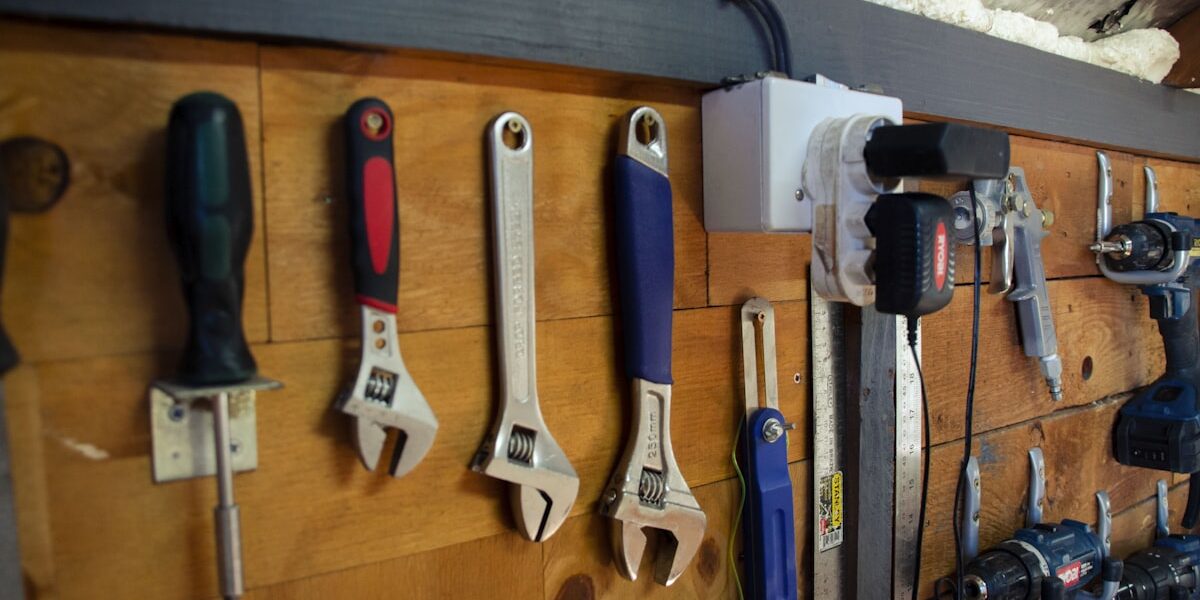
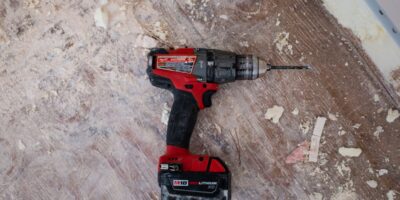
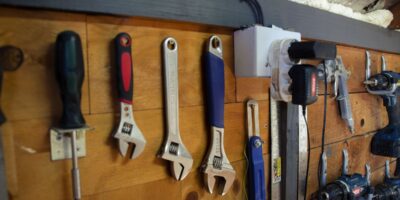
Subscribe for Updates
Get the latest articles delivered to your inbox.
We respect your privacy. Unsubscribe anytime.